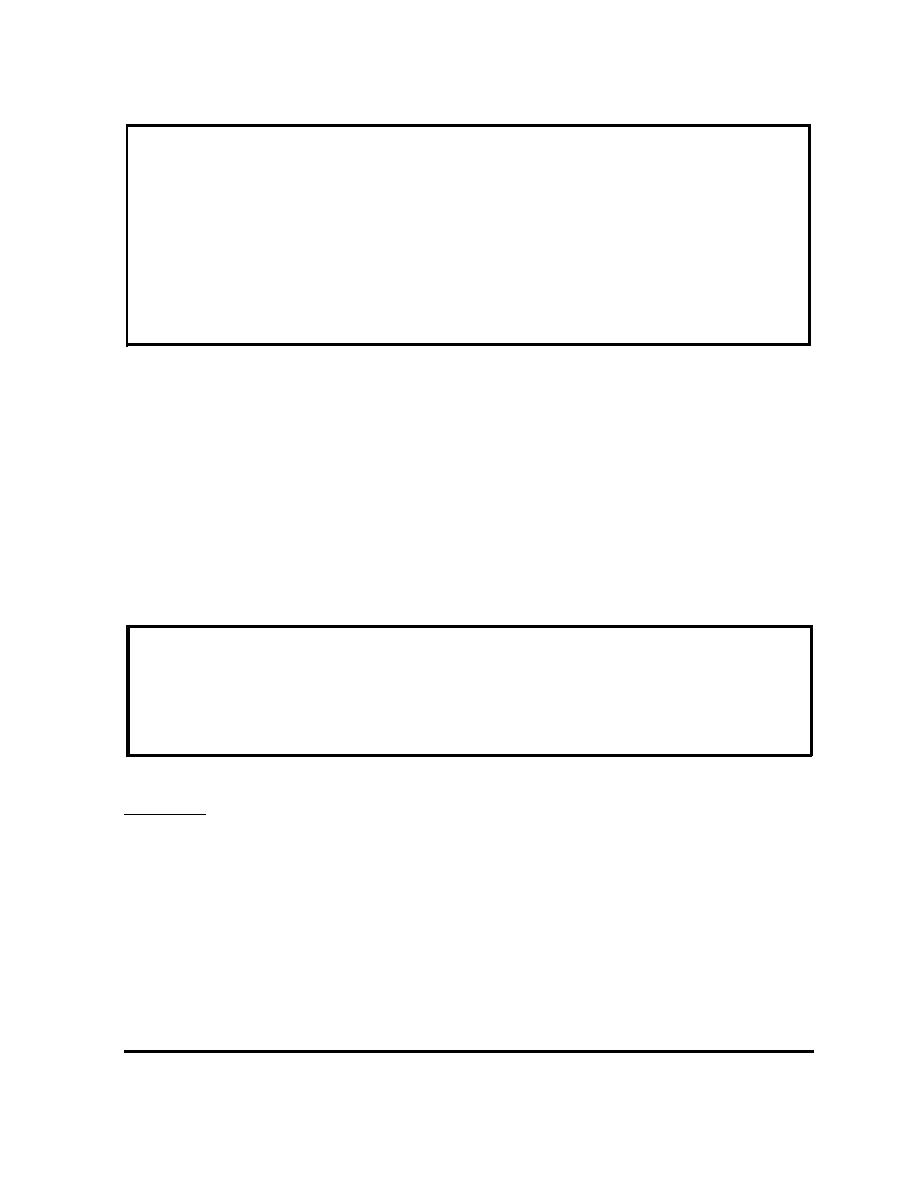

Custom Search
|
|

|
||
 CAUTION
Unless a component is specifically for use in solar heating
systems, confirm that body materials, construction, seals and
gaskets are appropriate for the solar fluid being used and the
highest potential temperatures and pressures for the system.
As an example, most of the standard gate valve packings are
quickly degraded by synthetic oils. The inevitable result is a
loss of fluid leading to more serious consequences.
If the collector fluid is water, it may leak slowly enough that it evaporates as fast as it
escapes. If the collectors in a drainback system are not filled at the time of
inspection, no leakage can be detected.
Therefore, look for evidence of leakage as well as actual leaks. Stained roofs,
insulation or collectors provide some clues. It may be necessary to remove
insulation (carefully by section) to determine the exact leak location. In some cases,
good collectors may seem to have an internal leak when an adjacent joint sprays
fluid past a grommet and into the frame.
CAUTION
The common practice of hydrostatic pressure testing is not
acceptable for systems filled with either synthetic or silicone
oils. Never put water into piping used for oils.
Insulation
Inspect all exterior insulation carefully. Missing insulation has a significant negative
effect on system performance. Every inch of piping, including capped-off collector
stubs and connections between collectors, must be insulated.
If the insulation is flexible elastomeric (e.g., ArmaflexTM or RubatexTM), make sure it
is completely painted. Without a protective coating of paint, elastomers will degrade
within. months from the UV radiation of the sun. Waterproofing is not needed with
elastomeric insulations.
INSPECTION
71
3.1 INSPECTION PROCEDURES
|
 |
|
 |
||